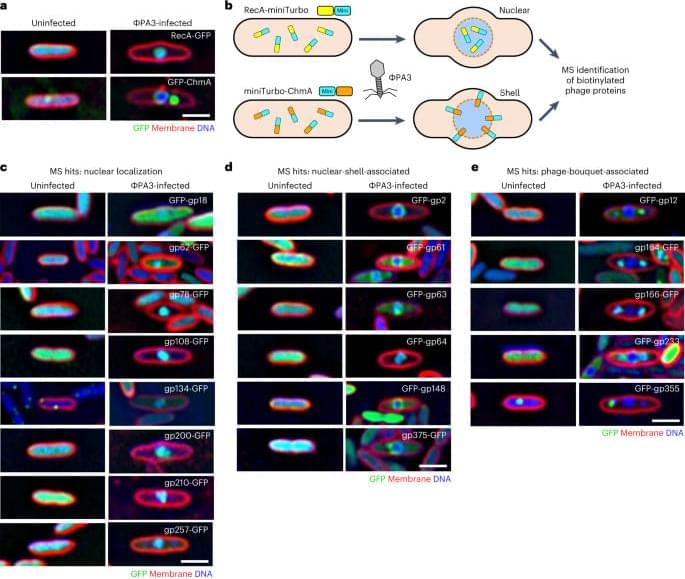This week in neuroscience, we’ve seen groundbreaking advancements ranging from a diet that can potentially extend lifespan without calorie restriction, to a new drug that could revolutionize obesity treatment.
Category: biotech/medical – Page 957
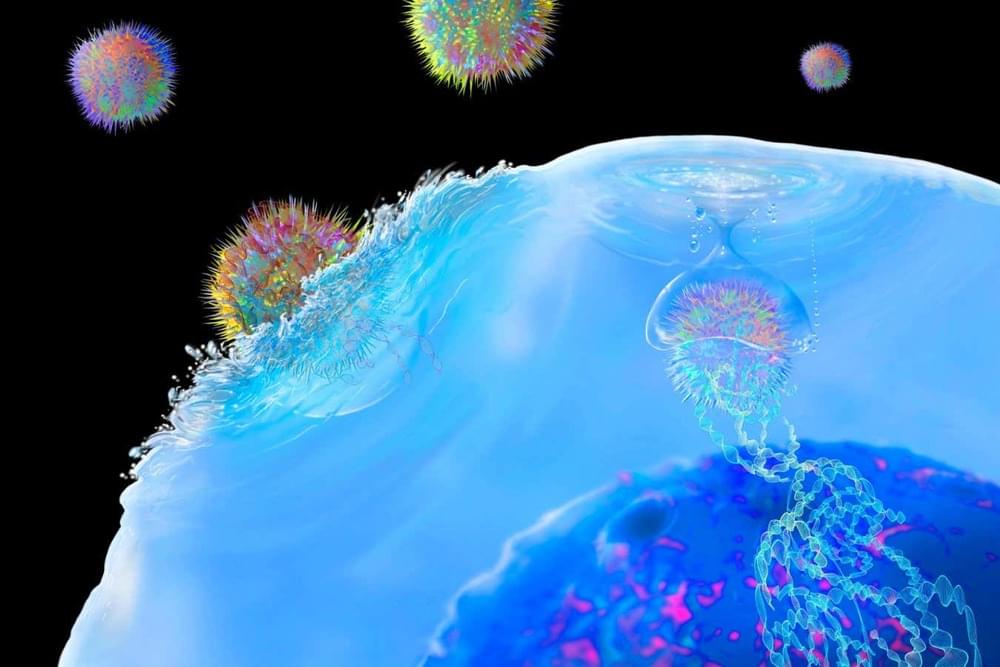
Cancer tumours eradicated by genetically modified immune cells
T-cells that have been genetically edited to boost their anticancer activity have destroyed solid tumours in mice.

Curing aging should be a moral imperative for all of humanity
The Death of Death is an international bestseller by José Cordeiro and David Wood that claims that “death will be optional by 2045” – or even earlier, if more public and private funds are invested in rejuvenation technologies.
Longevity. Technology: Already available in more than 10 languages, the book provides insight into recent exponential advances in AI, tissue regeneration, stem cell treatment, organ printing, cryopreservation and genetic therapies that, say the authors, offer a realistic chance to solve the problem of the aging of the human body for the first time in human history. In fact, the book’s subtitle is The Scientific Possibility of Physical Immortality and its Moral Defense.
Given that until relatively recently, just mentioning the concept of ‘biological immortality’ was enough to raise eyebrows and with most of the opinion that it should be filed away under ‘science fiction’ or ‘charlatanism’. However, longevity science is advancing at an incredible pace and today there are people who no longer wonder if immortality is possible, but when it will be a reality. We sat down with José Luis Corderio PhD to find out more.
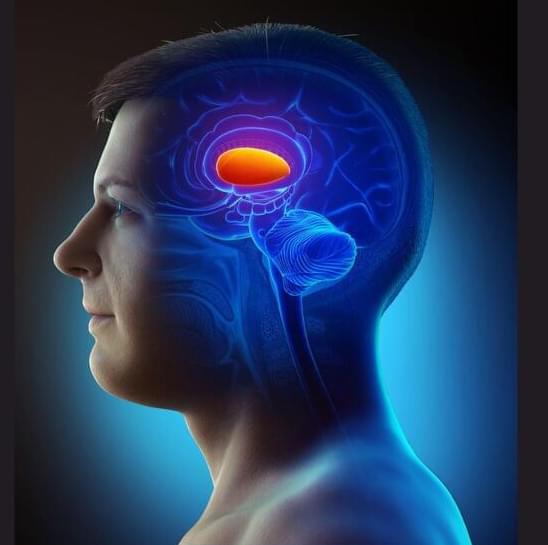
Scientists have found a potential way to control lust in men
A new study reveals the brain circuit that controls sex drive in male mice. Scientists believe this finding could apply to humans and may allow them to manipulate the male libido.
Scientists at Stanford Medicine have identified the exact part of the brain that controls sex drive in mice. It is possible that the same part of the human brain also regulates libido in men.
“We’ve singled out a circuit in male mammals’ brains that controls sexual recognition, libido, and mating behavior and pleasure,” said Nirao Shah, one of the senior researchers and a professor of behavioral sciences at Stanford.
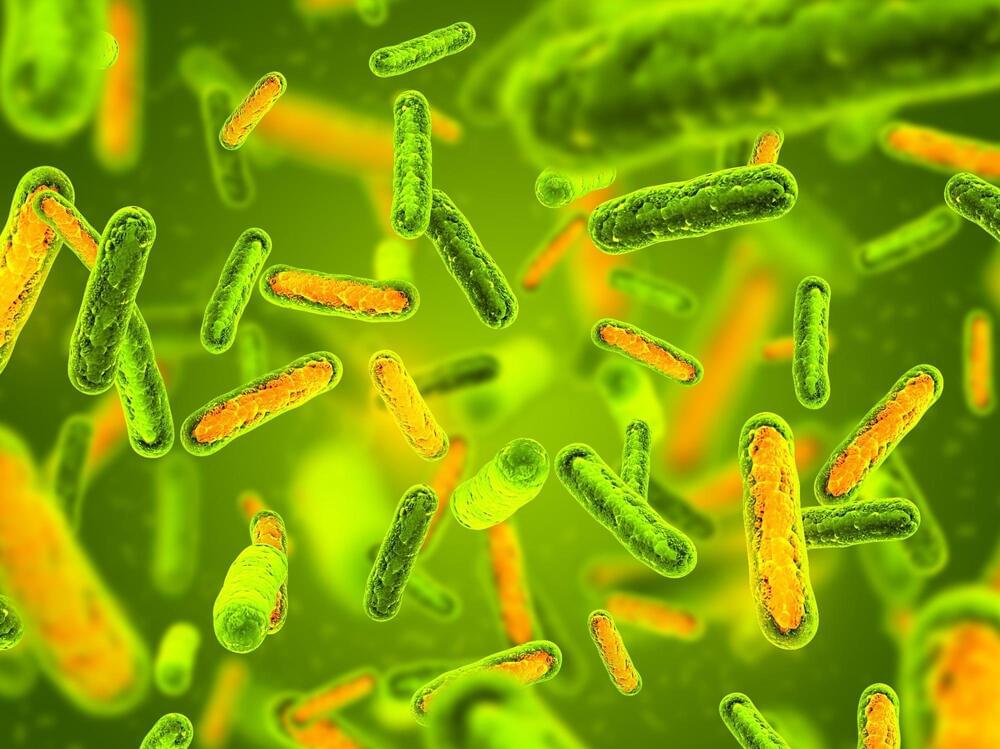
Gut microbes play a starring role in insulin resistance, opening doors for new diabetes treatments
The study reveals a strong association between gut microbial carbohydrate metabolism and insulin resistance, pointing to gut microbes as a key player in metabolic syndrome and type 2 diabetes. Targeting these microbial activities could offer a new therapeutic pathway for improving insulin resistance and overall metabolic health.

Can ChatGPT be a diabetes consultant? Study probes the potential and pitfalls
This comprehensive study explores ChatGPT’s ability to answer questions about diabetes, comparing it to human experts in a Danish diabetes center. While familiar users could more often spot the AI-generated answers, the research underscores the need for rigorous evaluation and safe integration of AI in healthcare.
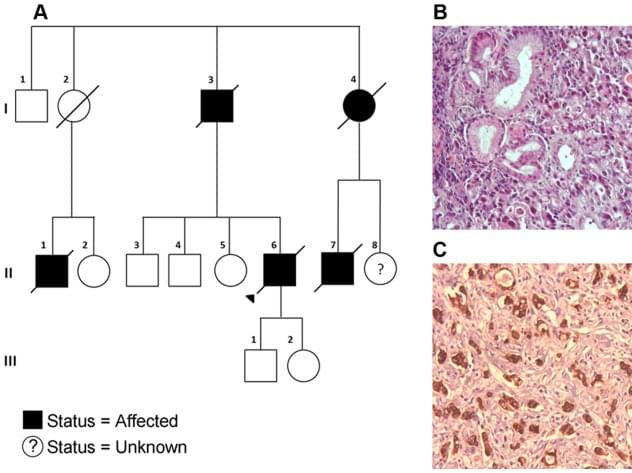
Few People with Cancer Undergo Germline Testing
Like biomarker tests, germline testing can help doctors determine the best treatments for patients, but such testing may also help identify people whose family members should be offered testing for potential cancer-causing gene changes.
Guidelines recommend that germline testing be offered to all people with male breast cancer, ovarian cancer, pancreatic cancer, and metastatic prostate cancer. For other cancers with lower likelihood of harmful inherited mutations, recommendations for germline testing vary.
But new findings from a study that is examining the extent of testing for germline mutations among people diagnosed with cancer in California and Georgia between 2013 and 2019 found that germline testing rates are still low. Among the more than 1.3 million people in the study, only about 93,000, or 6.8%, underwent germline genetic testing through March 31, 2021, according to findings published July 3 in JAMA.
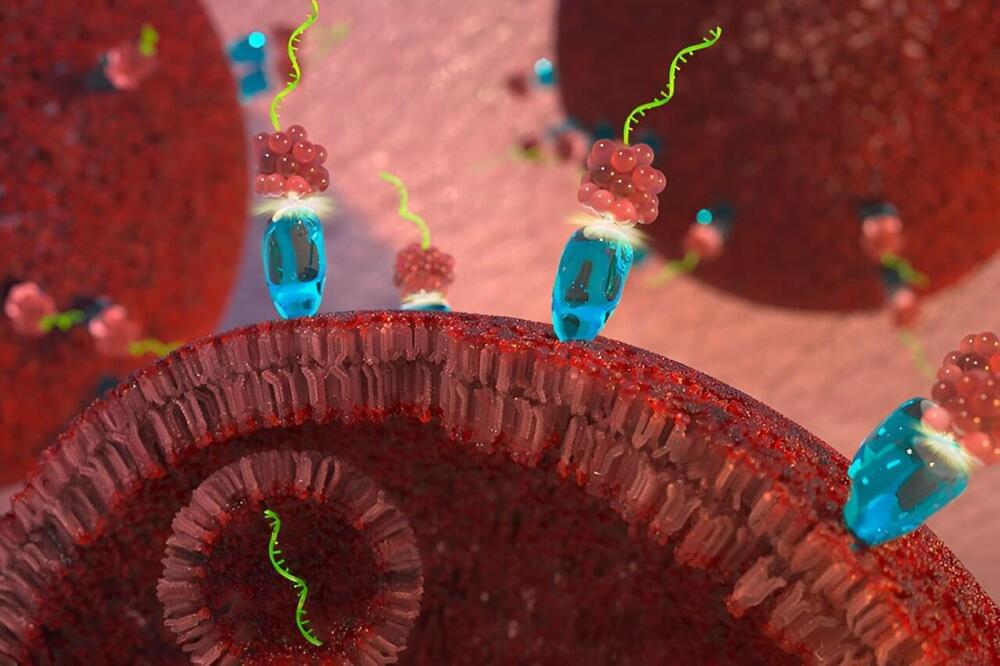
First-in-class targeted microRNA therapy slows cancer tumor growth
A new cancer therapy developed by Purdue University researchers attacks tumors by tricking cancer cells into absorbing a snippet of RNA that naturally blocks cell division. As reported in Oncogene, tumors treated with the new therapy did not increase in size over the course of a 21-day study, while untreated tumors tripled in size over the same time period. The paper is tiled “A first-in-class fully modified version of miR-34a with outstanding stability, activity, and anti-tumor efficacy.”
Cancer can begin almost anywhere in the human body. It is characterized by cells that divide uncontrollably and that may be able to ignore signals to die or stop dividing, and even evade the immune system. The therapy, tested in mouse models, combines a delivery system that targets cancer cells with a specially modified version of microRNA-34a, a molecule that acts “like the brakes on a car,” slowing or stopping cell division, said Andrea Kasinski, lead author and the William and Patty Miller Associate Professor of biological sciences at Purdue University.
In addition to slowing or reversing tumor growth, the targeted microRNA-34a strongly suppressed the activity of at least three genes—MET, CD44 and AXL—known to drive cancer and resistance to other cancer therapies, for at least 120 hours. The results indicate that the patent-pending therapy, the newest iteration in more than 15 years of work targeting microRNA to destroy cancer, could be effective on its own and in combination with existing drugs when used against cancers that have built drug resistance.
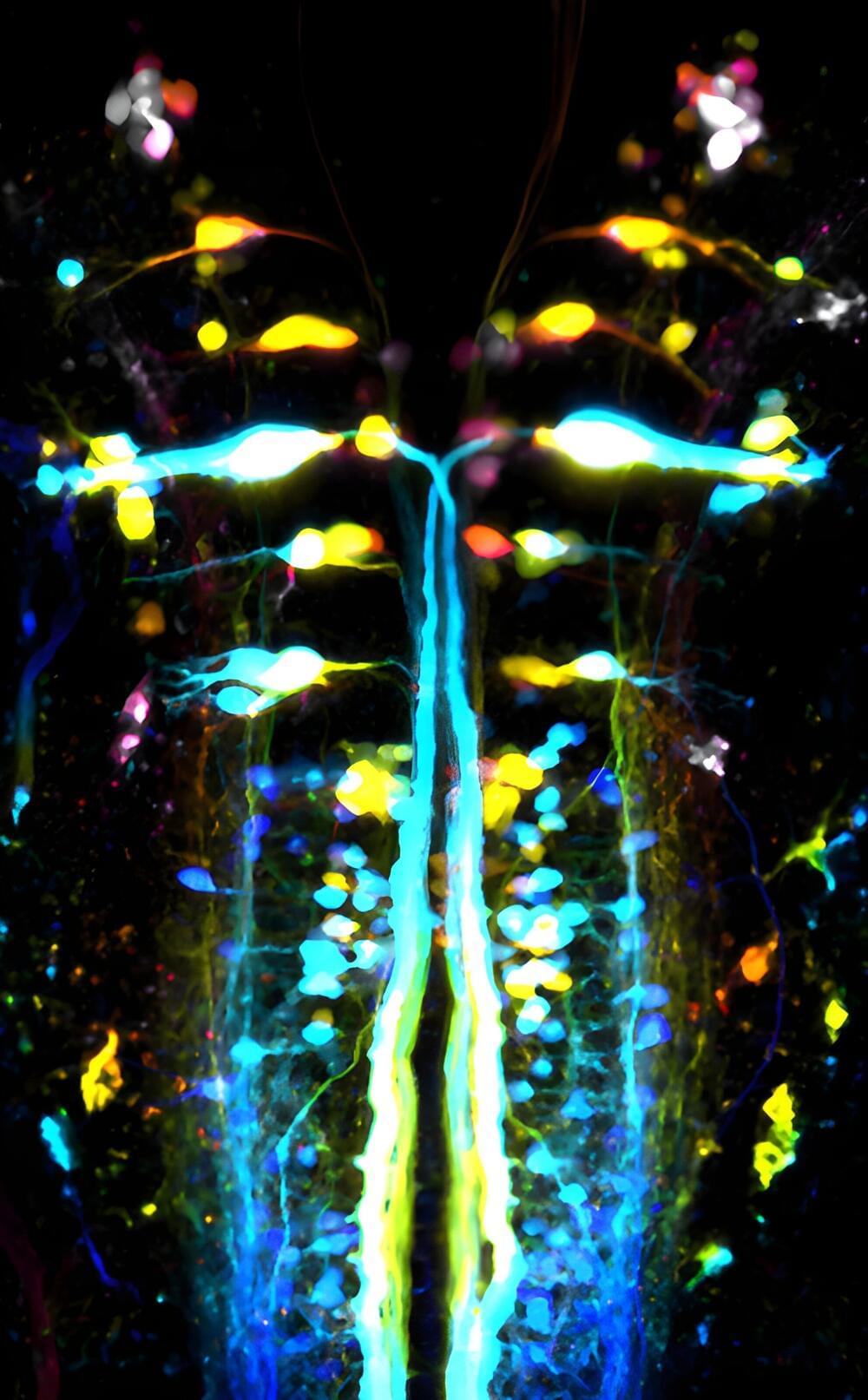
The art of wandering in vertebrates: New mapping of neurons involved in locomotion
Walking is a complex mechanism involving both automatic processes and conscious control. Its dysfunction can have multiple, sometimes extremely subtle causes, within the motor cortex, brain stem, spinal cord, or muscles. At Paris Brain Institute, Martin Carbo-Tano, Mathilde Lapoix, and their colleagues in the “Spinal Sensory Signaling” team, led by Claire Wyart (Inserm), have focused on a specific component of locomotion: forward propulsion.
In a study published in Nature Neuroscience, they show that it involves a region classically called the mesencephalic locomotor region, which controls the vigor and speed of movement and transmits the nervous message to the spinal cord via control neurons located in the brainstem.
This new mapping carried out in zebrafish corroborates recent studies in mice. It could eventually be extended to humans—helping to understand how movement control circuits can malfunction, in Parkinson’s disease notably.
